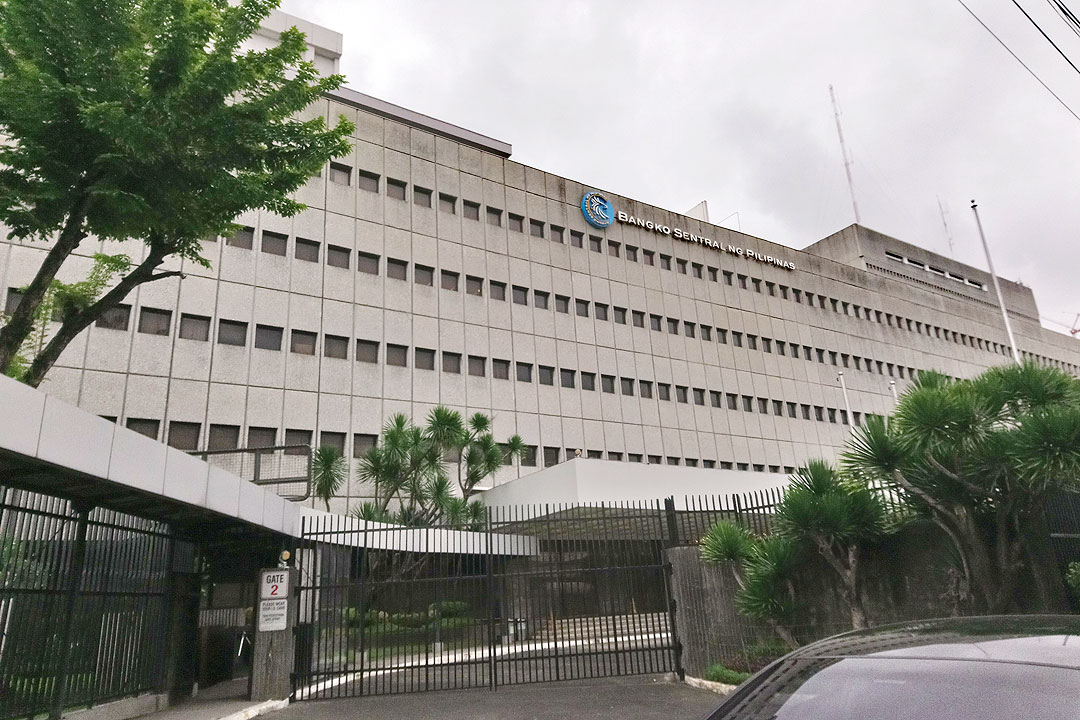BSP to continue hiking rates as weak peso threatens inflation

THE BANGKO SENTRAL ng Pilipinas (BSP) is expected to continue hiking borrowing costs to bring its key rate to 5.75% by next year to support the peso, HSBC Global Research said.
HSBC Economist for ASEAN Aris Dacanay said in the bank’s quarterly economic outlook report for Asia that the BSP will likely continue its rate hike cycle, but at a more measured pace.
“We expect the BSP to hike by another 50 bps (basis points) in November and then by 25 bps in each of the following four rate-setting meetings, with the policy rate settling at 5.75% by 2Q23. The BSP is likely to hold this rate even throughout 2024,” Mr. Dacanay said.
“Despite inflation peaking and even after its punchy rate hikes, the BSP still needs to consider the Fed and today’s wide current account deficit to prevent any abrupt changes to the peso that make imports costlier. We don’t expect the BSP to follow the Fed (Federal Reserve) step-by-step, but we anticipate the BSP to dial down the pace and raise the policy rate until it reaches 5.75% (1 percentage point past its peak during the 2018 high inflation saga) to maintain ‘ample distance’ from the Fed,” he said.
The central bank on Sept. 22 raised borrowing costs by 50 bps for a second straight meeting, bringing its policy rate to 4.25%.
The Monetary Board has hiked rates by 225 bps so far since May to tame inflation. The headline print stood at 6.3% in August, bringing the eight-month average to 4.9%, above the BSP’s 2-4% target but below its 5.6% forecast for the year.
“Even if inflation is nailed back within target and after some period of slow growth, we do not anticipate the BSP to introduce rate cuts even in 2024, under the expectation that the Fed will keep its tight monetary stance steady,” Mr. Dacanay said.
“We anticipate year-on-year inflation will peak in October (when another nationwide transport fare hike takes effect), which means it will begin its downward trend the following month. Year-on-year inflation will then return within the central bank’s 1-3% target band by mid-2023,” he added. — K.B. Ta-asan



